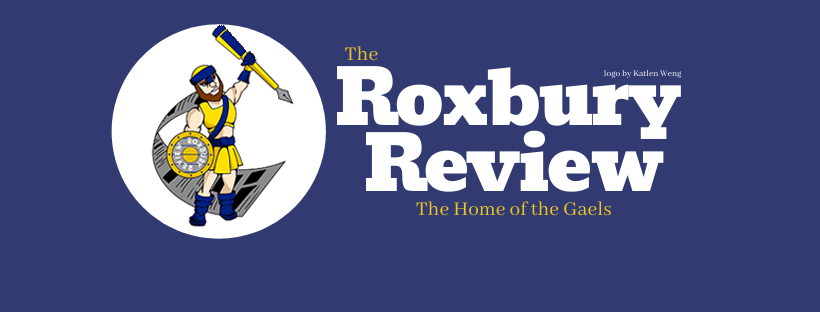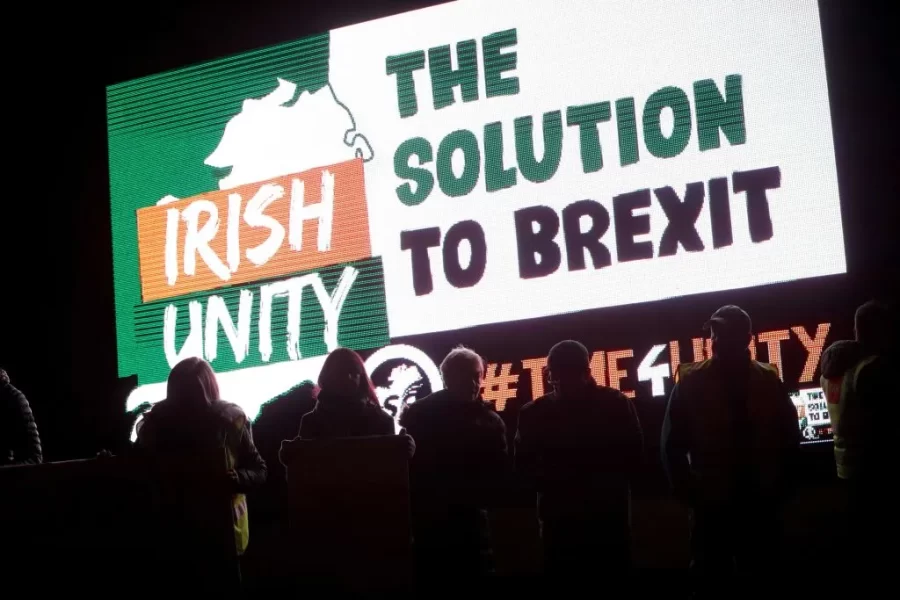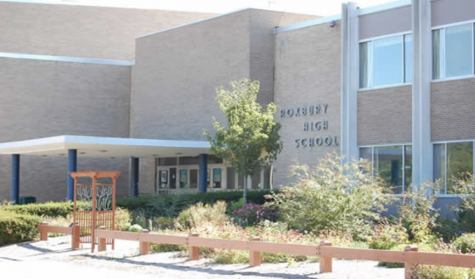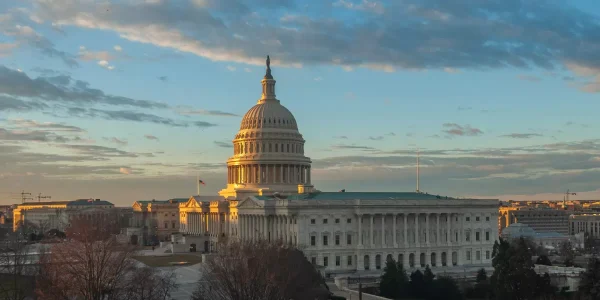Centennial of the Irish War of Independence & Civil War.
Over four centuries, the British Empire ruled the world. The British Empire controlled so much land in the world that it was said that “the Sun never sets on the British Empire.” However, for over 700 years, since the 12th century, the British have controlled the island of Ireland. Although there is a long history of rebellion and fighting on the island, the Irish state we know today hadn’t existed until 1922, when it barely defeated the British Army in the Irish War of Independence. Despite the Irish victory, the British still control substantial territory on the island. What has happened since 1922, and isn’t the entire island free?
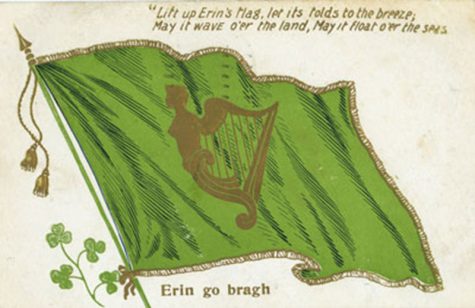
Since the year 1169, with the Norman invasion of Ireland, the British Empire had controlled the island for over seven centuries. Aside from a brief decade of independence of Ireland in the 1640s, the Irish never became an independent country on the world stage until the year 1922 when a year-long war of Independence from the British resulted in an Irish victory.
Ireland was a neglected region of Great Britain; it was the very first colony of the British Empire and was eventually annexed by Great Britain in 1801. Ireland had rebelled against their British overlords multiple times in the 1800s and had faced onerous periods such as the Irish Potato Famine between 1845 and 1851, during which approximately one million Irish people died.
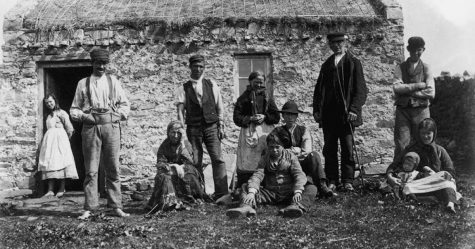
Furthermore, 1 million Irish people emigrated from Ireland to places such as the United States due to the Irish Potato Famine. This is still clearly visible today; the population of Ireland is about 6.9 million compared to the 50 to 80 million people worldwide who have Irish ancestry: over 36 million Americans alone are believed to have Irish ancestry.
However, this all came to a stop when on the week of Easter in 1916. The beginning of the end of British rule began when in Dublin an armed insurrection started and resulted in the unconditional surrender of the rebel forces and the execution of most of the leaders. This brutally crushed rebellion resulted in more tension throughout the late 1910s. In 1917, the Irish Republican Army was formed, which was commonly known as the IRA (also known today as the Old IRA).

According to Ireland’s National Archive, the ensuing violence in Ireland would finally spark the Irish War of Independence in 1919 when on January 19, “a small number of IRA members shot and killed two Royal Irish Constabulary (RIC) members (who were aligned with the British) at Soloheadbeg in Tipperary.” The Irish formed their government, the Dáil Éireann on the 21st of January, and declared independence on the same day which started the war of independence. But the official declaration of war wouldn’t come until April that same year.
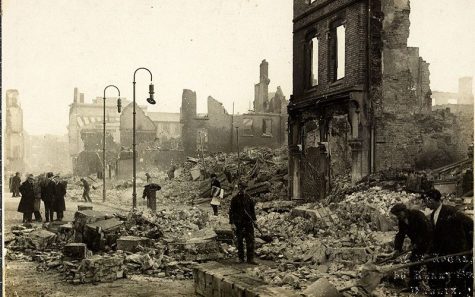
The Irish War of Independence was brutal, utilizing guerilla war tactics, and it left thousands of people dead. Both sides were experiencing heavy losses, but after a long stalemate, the British agreed to a ceasefire which would lead to the signing of the Anglo-Irish Treaty on December 6, 1921. Despite the Irish victory, the treaty was seen as unfair to many Irish citizens. The terms of the treaty called for British troops to withdraw from Ireland and for Ireland to become a self-governing dominion of the British Empire known as the Irish Free State within a year of the treaty’s signing.

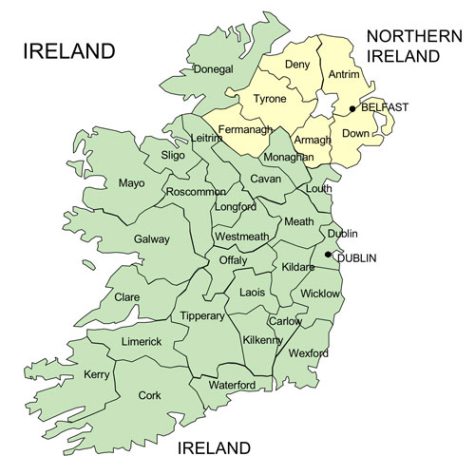
However, a notable thing that the British failed to mention once during the signing of the treaty was what would happen to Northern Ireland. The result was that Northern Ireland was kept by the British due to its inhabitants being mainly Protestant and loyal to the crown. This combined with the terms of the Anglo-Irish Treaty sparked major controversy all over Ireland.

Irish Republican Leader Liam Lynch was staunchly against the treaty, essentially it’s believing in all or nothing. Whilst leaders such as Michael Collins believed that this treaty, although not ideal, was merely a stepping stone in the right direction. Between June of 1920 and 1922, a period known as ‘the troubles’ would continue in Northern Ireland due to there still being pro-Irish Catholics in the northern Irish counties of Antrim, Down, Armagh, Derry, Tyrone, and Fermanagh.
Although Michael Collins and other Irish leaders continued to try and put out the flame of controversy; the flame would continue to grow and would flourish into the bloody Irish Civil War. The conflict had two important groups: the former Irish rebel army known as the Irish Republican Army (IRA) led by Liam Lynch who believed the treaty represented the betrayal of the Irish Free State and the newly established Irish Free State National Army led by Michael Collins, who supported the Anglo-Irish Treaty.
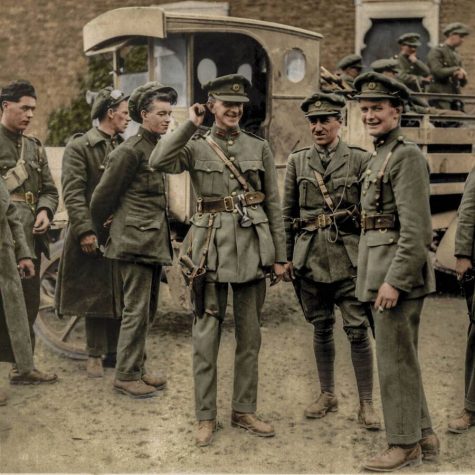
But at 04:15 in the morning, on June 28, 1922, Michael Collins approved the bombardment of IRA forces with two British field guns, marking the point of no return, and the official start of the Irish Civil War.
It would only be on the 24th of May, 1923, nearly one century ago, when the Irish Civil War finally ended, leaving thousands dead and the Irish Free State’s National Army victorious. These bloody wars of Irish history didn’t happen for no reason, though, for it is important to realize what they truly wanted: a free Irish state.
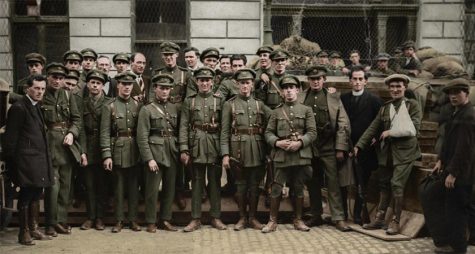
Although the old IRA wanted a united Ireland instead of abiding by the Anglo-Irish treaty, using the treaty as a stepping stone toward a united Ireland was the best option; statistics from the Guardian, the Conversation, and the Belfast Telegraph of the U.K. all state that Catholics now officially outnumber Protestants in Northern Ireland as of September 2022. With the statistics now 46% of Northern Irish are Catholic, whilst 43% are Protestant, with the following 11% being other religions.
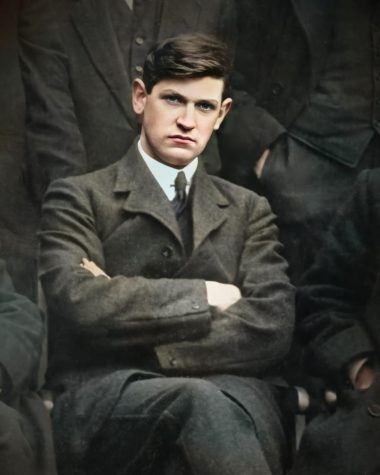
Additionally, during the United Kingdom’s Brexit vote of 2020, 55.78% of Northern Ireland voted to remain in the European Union. However, with England and Wales having a majority of the urban population, Northern Ireland’s (and Scotland’s) votes were overruled, and have since been forced to leave the European Union with the rest of the United Kingdom. Nevertheless, Northern Ireland’s neighbor to the south remains in the European Union, which is what Northern Ireland had wanted.
Due to Northern Ireland’s Catholic and Pro-EU majorities, it is ever increasingly more likely that Northern Ireland will soon vote to secede from the United Kingdom and join the rest of mainland Ireland to form a united Republic of Ireland. Soon, the dreams of those Irish rebels and leaders like Michael Collins may finally come true. Irish reunification is inevitable.
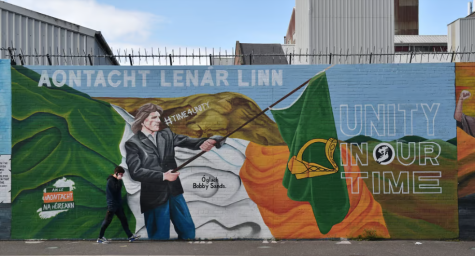
Photos courtesy of Scoilnet, KPBS, Time, IrishCentral, Seamus Dubhghaill, Reddit, Clipartmaps.com, the Irish Examiner, the Irish Post, the Cork.ie, and Politico.

Gavin Gardner is a Senior at Roxbury High School and Editor-In-Chief of the Roxbury Review. He has aspirations of serving at West Point, The United States...
